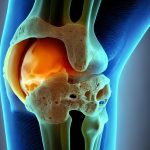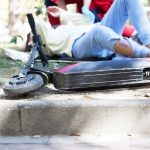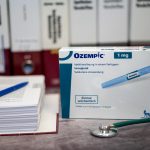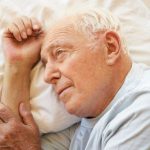
The knee develops differently in men and women, with sex-specific distinctions in the joint appearing as early as childhood, a new study finds. Taking these differences into account among girls could help prevent knee arthritis for women later in life, researchers say. Gender-based differences in knee cartilage and ligaments develop prior to puberty and can’t be explained by sex hormones, researchers reported recently in the journal Osteoarthritis and Cartilage. There also are metabolic differences that could affect the knee, particularly in the abundance of various amino acids, researchers said. These differences play key roles in the likelihood of injury early in life, which can increase the risk of knee arthritis for women, they argue. “Young female athletes have a higher risk of ACL [anterior cruciate ligament] injuries compared to young male athletes, and we know these types of injuries can likely develop into osteoarthritis later in life,” said lead researcher Paula Hernandez, an instructor of orthopedic surgery and biomedical engineering at UT Southwestern Medical Center in Dallas. These findings lay the groundwork for a better understanding of how arthritis is influenced by a person’s biological sex, researchers said. As a result, they can help develop sex-specific exercises that could reduce the risk of injury and arthritis based on biological differences in the joints. “We hope that by showing evidence that sex disparities are not limited… read on > read on >

















